In our series on “Real Estate Magic,” we discussed the ancient system of metes and bounds, whereby the boundary line of a plot of land is defined by a set of “instructions” that trace the boundary from a starting point through a series of distance measures (“metes”) between markers (“monuments”) or using natural bounding landmarks such as rivers or walls called “bounds.” This may seem like a bit of historical trivia, but for many real estate developers in California, it is a very immediate headache.
When the metes and bounds system is used today for irregularly shaped plots of land, there is typically a robust description accompanied by a simple map displaying the boundary visually. Not so in earlier times. The typical metes and bounds descriptions were typically concise and often used landmarks prone to the passage of time—the corner of a neighbor’s fence, a large rock or tree. Californians know how quickly geography on the fault line can change, and even rivers change their course over decades. Until 1893, California landowners could divide their property as they pleased using the metes and bounds system, without recording a subdivision map, creating even more difficulties. As California land regulation law modernized, these older divisions were always grandfathered in: while no land parcel in California can be sold, leased, or financed until a parcel map is filed, the code still exempts subdivided parcels that were partitioned under the laws in effect at the time they were established (Cal. Govt. Code § 66499.30(d)).
This means that all the old metes and bounds descriptions—with all their many flaws—that carved up California’s expansive agricultural tracts remain in effect today. As California urban infill development projects try to piece many of these parcels back together for larger high-density developments, like massive mixed-use vertical neighborhoods stacking residential units on top of commercial units, the developers are often generating the first surveys and chain-of-title reports since the land was initially partitioned. Once the developers start to examine the real boundaries of these once contiguous parcels, they discover a California that is a cracked Humpty Dumpty landscape: parcels that are full of holes or mismatched edges, gaps between parcels (called “gores”), parcels lacking easements to get to or from the parcel, landlocking it.
Because these are the valid legal descriptions of the original parcel partitions, they leave developers with a very difficult problem. They are now saddled with the expensive and time-consuming task of “curing” these flawed instruments. Sometimes these problems can be solved cooperatively, through lot line adjustment agreements, corrective deeds, or express easements. If not, the owner may need to bring a quiet title action before the California civil court.
In the case of a mistaken or ambiguous metes and bounds description, the court can enter a judgment to reform the errant legal instrument. The owner of the parcel may be able to reclaim “orphaned” gaps between properties through a claim of adverse possession. (Since it is likely these orphaned slivers of land never had taxes assessed or levied on them, it is easier to prove adverse possession. See a similar situation in “I Dream of Adverse Possession: The Case of Major Nelson.”) If a landlocked property cannot get an express (voluntary) easement, the owner may be able to obtain an easement by implication or necessity.
Such partition problems usually arise only when a landowner goes to sell their land and the chain-of-title search turns up potentially ancient problems that the owner had no awareness of. These seemingly small problems can bring multimillion dollar sales to a grinding halt. If you are facing problems resulting from a flawed legal description, you need a California real estate attorney with knowledge, experience, and an eye for detail. You need the services of Greenacre Law.


